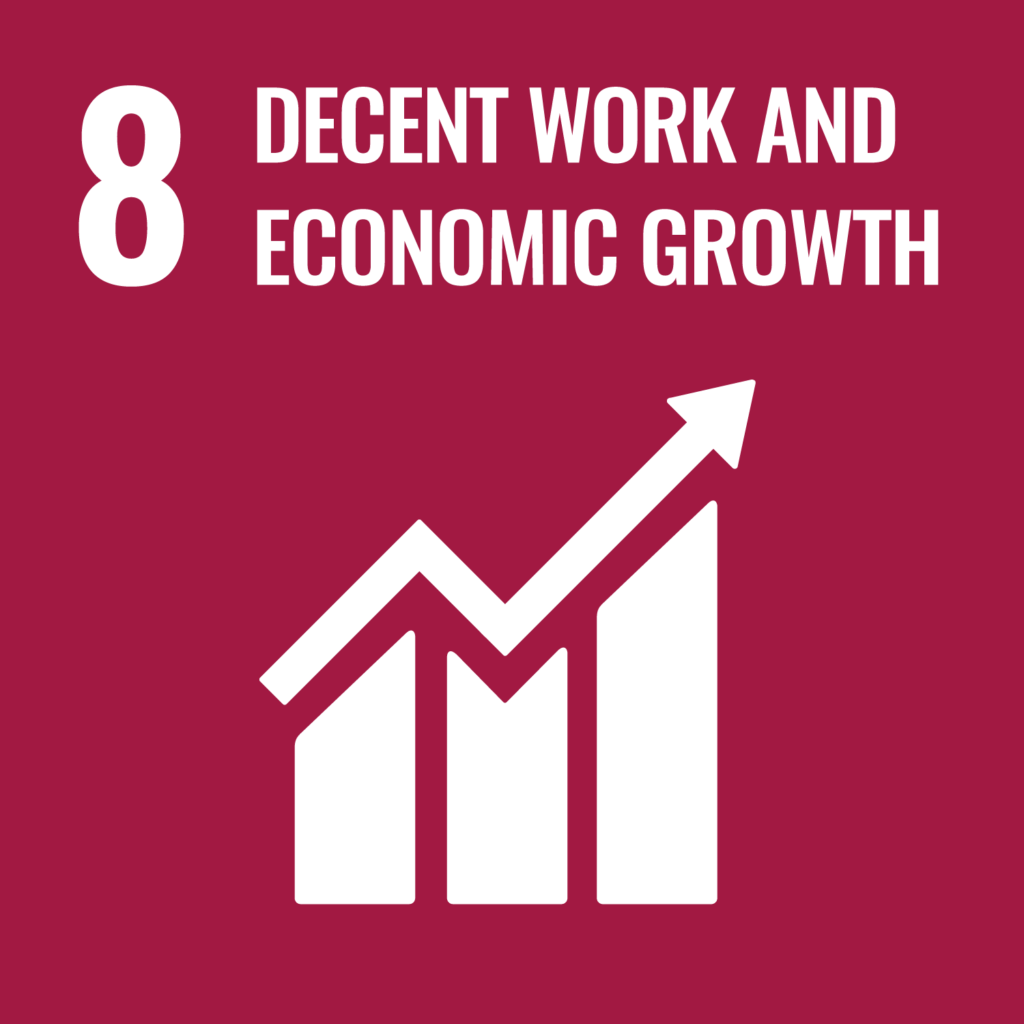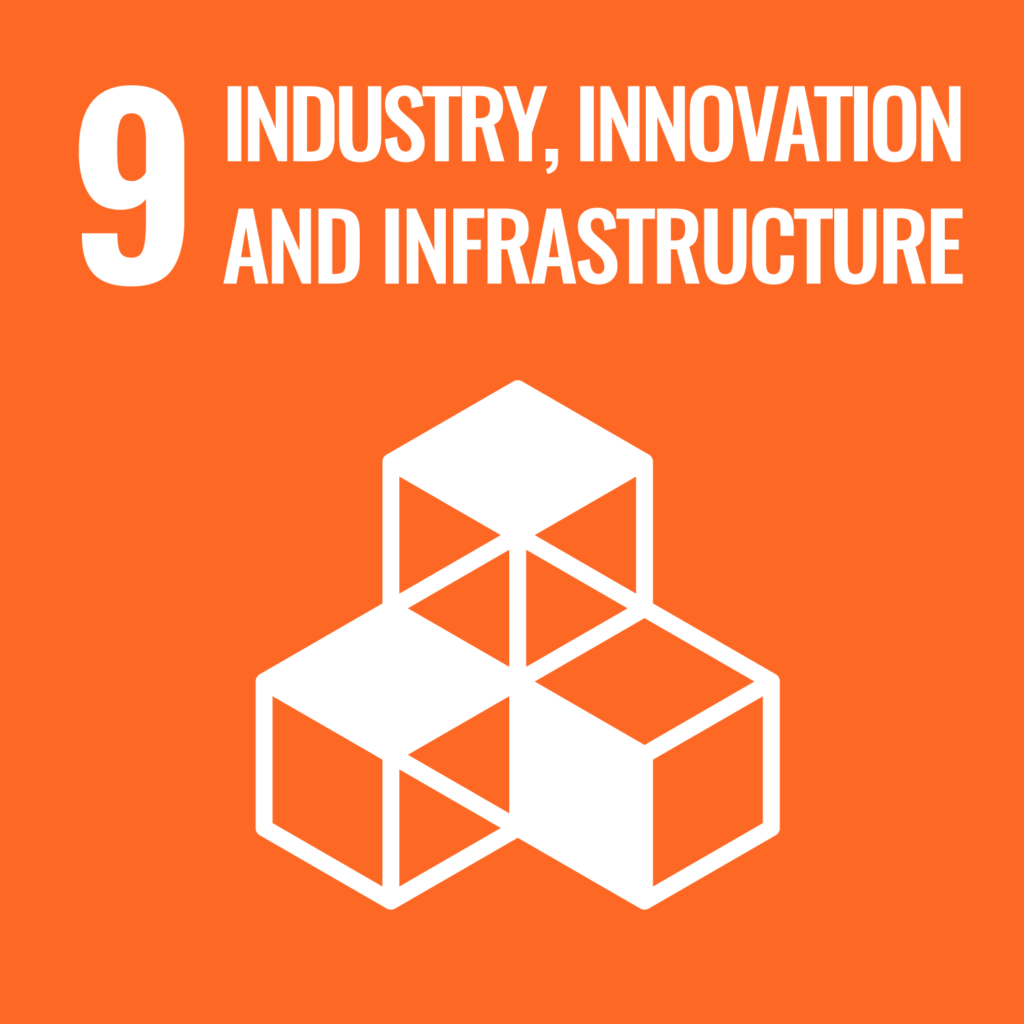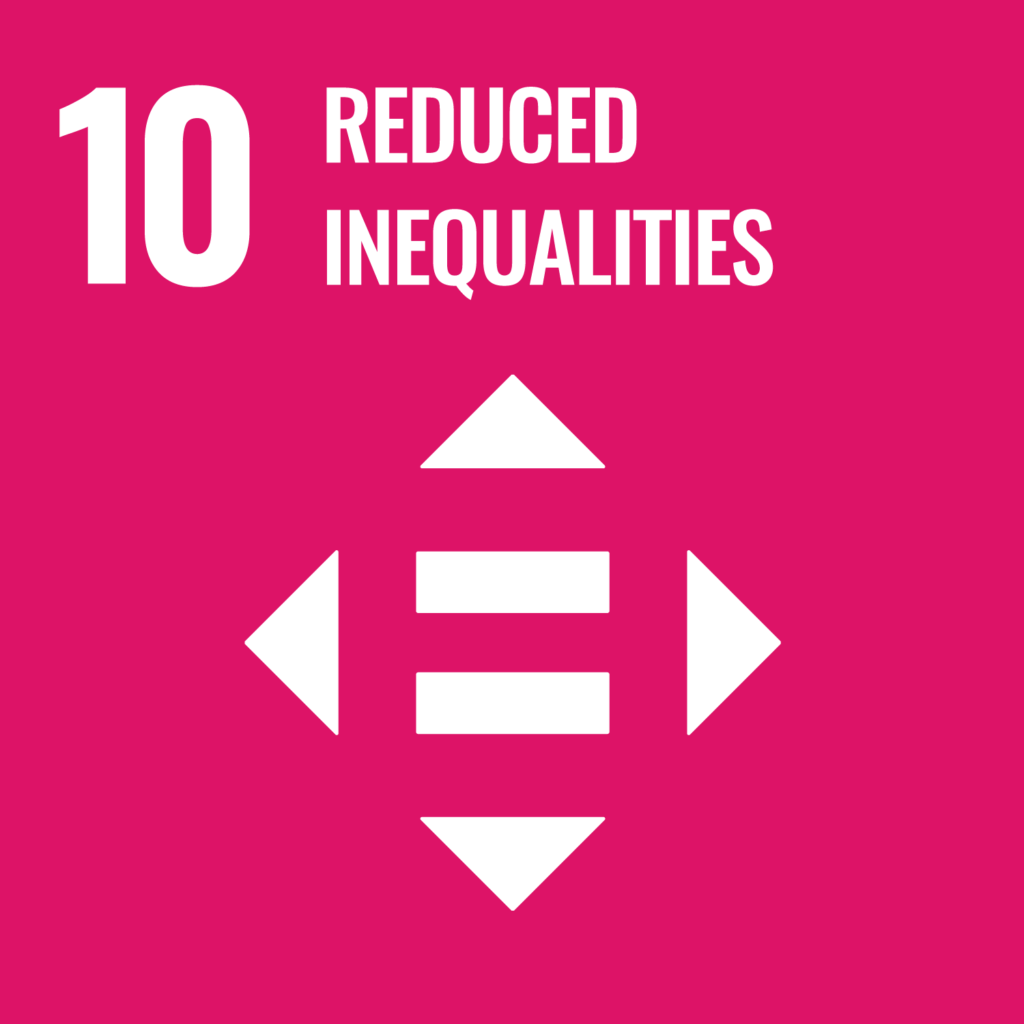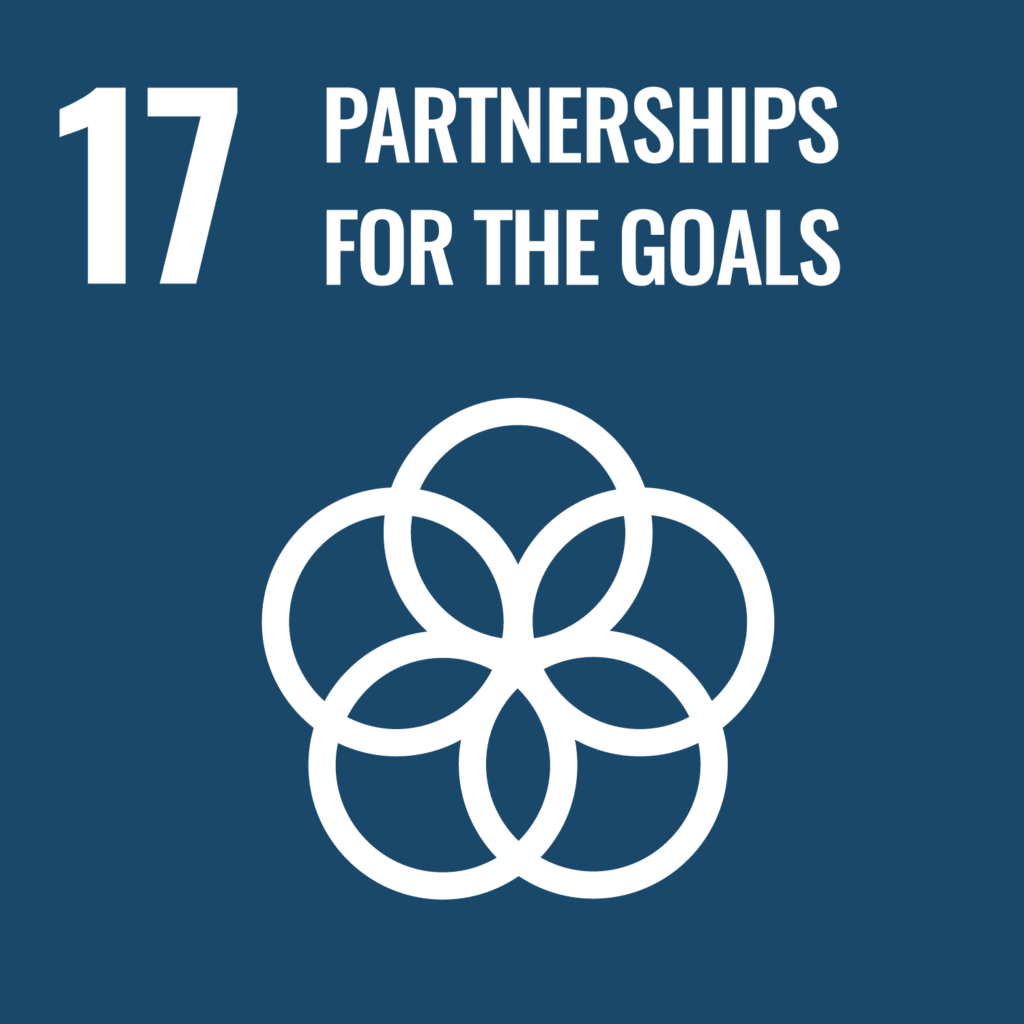How can we create a favorable environment for attracting investment in broadband infrastructure?
Broadband is a crucial means to finding transformative solutions to achieve development goals, by virtue of its potential to bring about change in almost every act of production and consumption. As such, it is vital that appropriate general steps are taken to encourage investment in broadband networks as well as specific interventions which have a positive impact in broadband investment.
Chaired by Mr. Luis Alberto Moreno, President of IDB, the Broadband Commission for Sustainable Development’s 2014 Working Group on Financing and Investment sought to provide practical and helpful advice on the range of possibilities available for how to make best use of scarce resources (especially, public capital and spectrum) to encourage investment in broadband.
Setting the Stage
Background Overview
Broadband Financing Is Challenging but Increasingly Necessary
Financing and deployment of broadband have proven to be challenging, due to a combination of factors that make developing broadband in remote locations or locations facing the highest vulnerability to environmental and economic factors less attractive for private investors. In 2014, it was estimated that over about 10 trillion US dollars will be needed to fund global telecommunications infrastructure investments up to 2030 (out of a total of an overall 62 trillion needed for infrastructure in general).
Prior to 2014, nations around the world had already acknowledged the ongoing Digital Economy Transformation, which marked the widespread adoption of digital technology to transform services and businesses. Broadband infrastructure had emerged as the true backbone of this Digital Economy. As such, governments from around the world had introduced broadband in their economic development agendas as a flagship element to ensure that their citizens were digitally included (providing them with the same digital opportunities); and therefore, bridging existing social gaps.
The Way Forward
Conclusions and Recommendations
Through its outcome Report, Creating a Favorable Environment for Attracting Finance and Investment in Broadband Infrastructure, the Broadband Commission’s Working Group on Financing and Investment sought to identify actions, policies and regulatory approaches which would enhance cooperation between market players and public authorities to encourage financing and investment in broadband.
This 2014 report provides an in-depth analysis of strategies for gaining access to capital for broadband development plans; asserts how to create the right telecoms regulatory environment for private investment; explores taxes and spectrum charges to the government by mobile operators; and provides a selection of case studies to explore successful use of financial intervention tools. The report concludes with a cohort of conclusions for governments and policymakers to consider as they develop national broadband financing strategies.
The measures identified in the Working Group’s Report are primarily designed to promote private investment, thus permitting public capital efficiently to be deployed to meet the needs of disadvantaged groups and those in remote areas — where funding from private investors is harder to attract, but where the need for connectivity is at least as great.
Recommendations:
Throughout this Report, the Working Group sought to identify actions and policies that would encourage that cooperation and attract finance and investment in broadband. There is no ‘silver bullet’ or single action which can accomplish the task of mobilizing capital for broadband. However, the Working Group on Financing and Investment identified four actions essential prerequisites to unlocking the potential of broadband to solve key development challenges.
The recommendations are grouped under the following areas of action:
- Ensuring that the overall environment (political, regulatory, legal, financial etc) is stable and clear
- Identifying a clear scope and targets for broadband projects
- Leveraging scarce public capital and other resources to maximize their usefulness and effects
- Allowing and encouraging the use of the most efficient technology, whether wireless or wireline
- Carefully balancing obligations on coverage and the range of services to be provided against their impact on the attractiveness of the project
- Examining other measures in parallel that can help the demand side of the project, such as public sector demand and demand aggregation
- Selecting a suitable investment method, for example, a suitable form of public-private partnership (PPP)
- Recognizing and catering to the preferences of existing investor clientele
- Reducing Regulatory Risk: Policymakers and regulators can indirectly lower the cost of capital by limiting unanticipated policy changes and by providing stability in regulation. Even if changes may be politically or economically desirable, their impact of the change on investors’ requirements for returns and stability needs to be considered.
- Avoidance of Regulatory Capture: Investors need to at least be confident that all actors will be treated equally. To achieve this governments and regulators must avoid favoring any particular party. Even-handedness of regulation should be accompanied by stability and transparency.
- Dealing with Market Power: A clear and effective framework must be in place that prohibits anti-competitive practices under either (or both) ex-ante regulatory and ex-post competition statutes.
- Access to Spectrum: It is vital that additional spectrum be made available to operators if broadband prices are to be reduced and diffusion maximized. At the same time, individual operators need to secure long-term access to spectrum, if they are to justify their network investments. Operators need clear and transparent rules and the prospect of continuous access to spectrum to justify network investments. This does not mean free or subsidized access.
- Facilitating Rollout and Minimizing Obstacles to Market: It is important to remove any difficulties in rolling out networks due to problems in obtaining rights of way or planning permissions, unclear division of responsibilities between different levels of administration, local authority delays, or attempts by local authorities to extract additional income for themselves. Operators should be free of as many restrictions as possible in building their networks and access by operators to the market should be made as streamlined as possible.
- Broadband as a Source of and a Sink for Government Revenues: The overall balance between taxation and promotion of ICT has to be decided as a key element of government economic strategy. Governments have to decide the net tax and revenue burden which they wish to impose on the ICT sector, since it makes little sense to simultaneously tax and subsidise broadband outputs or complementary products. Any increase of the net tax burden specifically imposed on the sector is likely to limit broadband investment and take-up, restrict future growth and reduce future tax revenues. It should also be remembered that, the extra damage which a given tax increase causes by distorting the economy’s efficient operation tends to rise as the tax rate rises. Thus high tax rates have a disproportionately adverse effect.
- Choosing Efficient Taxes: The structure of corporate and commodity taxes and tariffs (as well as of tax breaks) is as important as the overall level. The least damaging taxes or tariffs have the least effect on prices paid by customers, and thus affect take-up the least; some payments for spectrum fall into this category. Each country should review its overall taxes on broadband from the standpoint of efficiency (how take-up is affected) and incidence (who really pays the taxes), and seek to generate better outcomes.
Spectrum Interventions to Promote Coverage: Restricting spectrum release to drive up auction revenues is a policy which greatly damages broadband roll-out. However, auctions can be used to extend coverage, imposing a coverage obligation on one or more licences. This is a competitive way of promoting rollout.
Universal service funds (USFs): These funds (to which providers of telecommunication services contribute usually through surcharges and which tend to finance network or related expenditures or subsidize certain customers) need to be put to good use. They can be used to provide funding for certain aspects of telecom service providers, such as backhaul to sparsely populated or poor areas or even training in digital literacy.
Public-Private Partnerships (PPPs): Government partnerships with the private sector to implement a project, with both contributing capital is one of the methods adopted by many countries. Management is usually undertaken by the private partner. A PPP permits a blending of public and private capital and expertise. PPP schemes are in many cases a suitable vehicle for broadband investment but they are complex and usually last a long time thus care is needed to set them up carefully so that the public sector (and consumers in the country) get a good deal.
Input and Infrastructure Sharing: Network operation and roll-out costs can be reduced by allowing operators to share inputs; either only ‘passive’ assets such as a mobile tower or dark fiber, or ‘active’ elements as well including electronic assets or even spectrum. Costs come down as a result of sharing, and these cost savings should be passed to customers. Also, in some cases site sharing can increase competition by giving operators access to key sites, which otherwise they may have not had access to, allowing them to compete on quality of service and coverage.
Innovation: Governments and regulators are not typically innovators, so this intervention is both a “negative” one (the avoidance of unnecessary limitations on firms’ innovative activity) and where possible a positive one through measures that foster innovation. Innovation to reduce costs or introduce new services is a prominent feature of the ICT sector.
Demand Management: In addition to influencing the firms supplying the broadband service, interventions can also impact customers, typically through aggregating demand for broadband among public bodies, promoting e-commerce, providing key public services online and implementing digital literacy initiatives and of course through increasing their ability to buy a broadband service. These interventions can focus on target customers, for example, school students or users of government-provided health or education services and are not tied to a particular supplier.
- To achieve the goals of universality and affordability in Broadband, an effective cooperation between the stakeholders of the private and public sectors are essential, mainly in a highly capital-intensive sector, subject to public regulations. Equally important is to attract private and public capital, and that will require innovative financing solutions.
The Working Group Model
Composition and Activities

Mr. Louis Alberto Moreno
President, IDB
Chair: Louis Alberto Moreno
- Florence Gaudry-Perkins (Alcatel Lucent)
- Carlos Jarque (America Movil)
- Robert Pepper (CISCO)
- Reza Jafari (E-Development International)
- Fredrik Wikner (Ericsson)
- Amir Dossal (Global Partnerships Forum)
- Anne Bouverot and Belinda Exelby (GSMA)
- John Davies, Carlos Martinez, Christoph Legutko and Krzysztof Janicki (INTEL)
- Jose Toscano and Renata David (ITSO)
- Hamadoun Toure, Doreen Bogdan, Patricia Benoit-Guyot, Nancy Sundberg and Youlia Lozanova (ITU)
- Paul Mitchell (Microsoft)
- Christoph Steck and Natalia Moreno (Telefonica)
- Jeffrey Sachs and Joanna Rubinstein (The Earth Institute)
- Dr Hessa Sultan Al-Jaber (Ministry of Information & Communication Technology, Qatar)
- Gyan Chandra Acharya and Ricardo Dunn (Un Office Of The High Representative For The Least Developed Countries, Landlocked Developing Countries And Small Island Developing States)
- Jasna Matic
- Suvi Linden
Working Group held several conference calls and onsite meetings.
Focus Area
Outcome Resources
Chair
Mr. Louis Alberto Moreno
President, IDB
Broadband Advocacy Targets
SDGs







